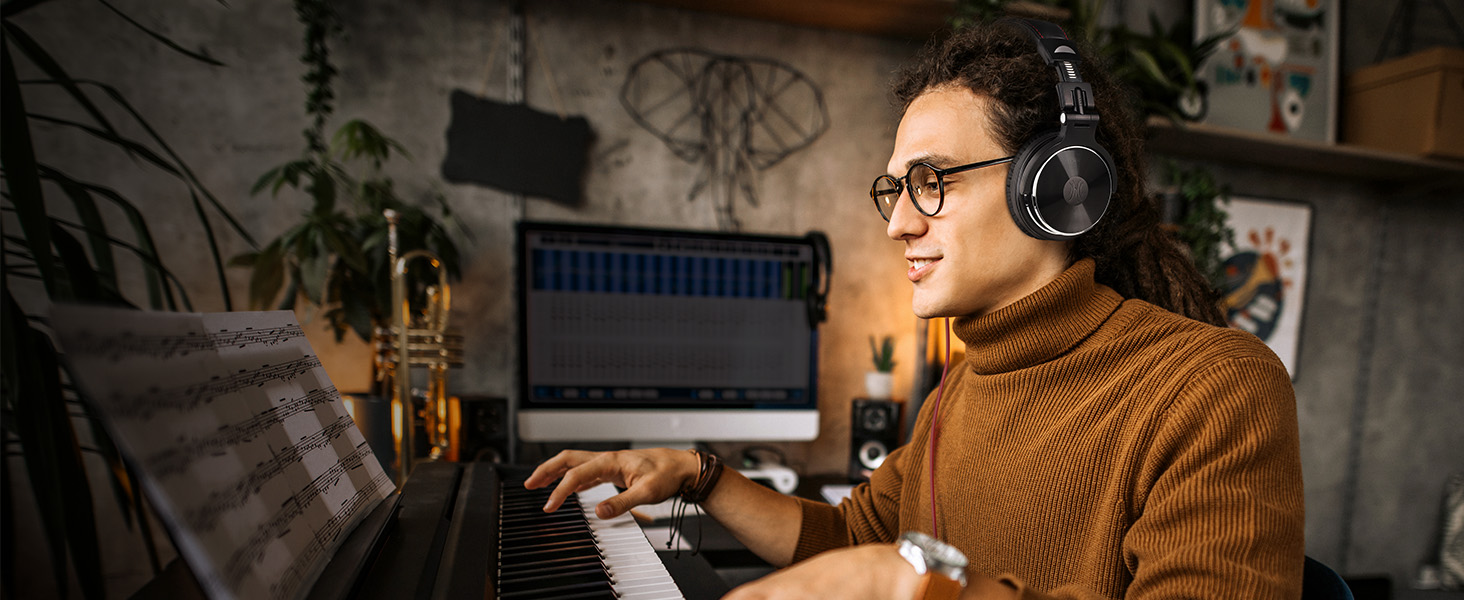How AI Tracking Cameras Work: The Guide for Single-Person Live Streaming
Update on Oct. 23, 2025, 12:21 p.m.
If you’re a solo content creator, educator, or streamer, you know “the box.” It’s that small, invisible square you’re forced to live in. If you want to stand up, walk over to a whiteboard, or pick up a product to demonstrate, you risk walking right out of the frame.
The alternative? Hire a camera operator, which is a luxury most of us can’t afford. For years, the solution was a “wide shot,” leaving you looking small and distant.
But now, a new technology is fundamentally changing the game for the single-person live stream: the AI Auto-Tracking Camera. It’s a robotic camera that acts as your personal, automated camera operator, following you as you move, and it’s built on surprisingly smart technology.

More Than Just “Face Following”
You might have seen cheap webcams that “follow your face.” They often use simple contrast-based or facial-recognition software. The moment you turn your back or someone walks in front of you, the camera gets confused and loses you.
This is not what we’re talking about.
Modern AI tracking in professional PTZ (Pan-Tilt-Zoom) cameras uses a much more advanced method: AI Human Shape Tracking.
Instead of just looking for a face, the camera’s built-in processor (an NPU, or Neural Processing Unit) has been trained to identify the entire human silhouette. It understands what a person looks like—head, shoulders, torso, arms—and can lock onto that shape.
This is a game-changer. * You can turn your back to write on a whiteboard, and it will keep you centered. * You can move naturally, and it will follow with a smooth, broadcast-style pan or tilt, not the jerky motion of a security camera. * If someone else briefly walks by, the AI is smart enough to stay locked on its primary subject (you).
How Does It Actually Work?
When you set up a camera with this feature (for example, in a model like the Tenveo AI Auto Tracking PTZ), you typically just point it at the stage or presentation area and use the remote to enable “AI Tracking.”
From there, the AI takes over.
1. Detection: The AI processor scans the video feed in real-time, identifying all human shapes.
2. Selection: You either select a target (by pointing the remote and locking on), or the camera auto-frames the most prominent person.
3. Tracking: As that “human shape” moves, the AI calculates its position in the frame.
4. Action: The AI then sends commands to the camera’s “PTZ” motors—Pan (move left/right), Tilt (move up/down), and even Zoom—to smoothly adjust the shot and keep you perfectly framed.
Some advanced models also feature “Auto-Framing,” which intelligently zooms in or out to maintain a good composition, like a medium-shot, even as you move closer to or further from the camera.
This Is Not a Gimmick. This Is Freedom.
For a teacher in a classroom, this means you can leave the podium and walk among the students, knowing the camera for your remote learners is following you.
For a pastor, you can move freely across the stage, not locked to a pulpit, and the online congregation gets a dynamic, engaging view.
For a YouTuber doing a product demo, you can stand up, move to your workbench, and hold up parts, all while the camera follows you, and you never have to touch a thing.

What Are the Limitations?
This technology is incredible, but it’s not magic. It’s important to have realistic expectations. * Complex Environments: In a very crowded scene, like a busy trade show floor, the AI might get confused and jump between subjects. It works best when there is a clear primary subject. * Extreme Low Light: AI needs to see you to track you. In near-darkness, its accuracy will drop. * Algorithm Quality: Not all “AI tracking” is created equal. The quality of the algorithm is paramount. Cheaper solutions may lag or be jerky, while professional systems are designed for smooth, broadcast-quality motion.
For the vast majority of solo creators, however, these limitations are minor. The ability to move freely, without a camera operator, is a complete transformation. It elevates a static, boring “webcam” stream into a dynamic, professional-looking production—all with a team of one.


















